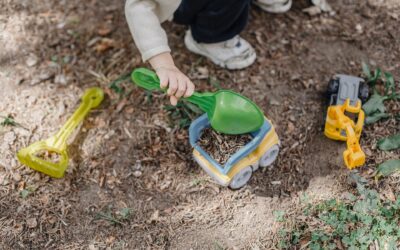No. 50: Encourage cool clothing in hot weather & reduce AC
No. 50: Encourage cool clothing in hot weather & reduce AC
Number 50
This article discusses the environmental and financial benefits of encouraging cool clothing in hot weather and reducing AC usage in schools. Experts recommend the use of energy-efficient fans and designing buildings with natural ventilation.
As the temperature rises during the summer months, it’s natural to want to turn up the air conditioning in your school. However, excessive use of air conditioning can have a negative impact on both the environment and your school’s finances. Encouraging cool clothing in hot weather can help reduce the need for air conditioning and provide a more sustainable solution. In this article, we will discuss the environmental and financial benefits of encouraging cool clothing and reducing air conditioning use in your school.
Firstly, let’s talk about the environmental benefits. By reducing the use of air conditioning, your school can significantly reduce its energy consumption, which in turn leads to a decrease in greenhouse gas emissions. According to the United States Department of Energy, air conditioning accounts for approximately 6% of the total electricity produced in the United States. This means that reducing air conditioning use can have a significant impact on the environment by reducing carbon emissions.
Encouraging cool clothing in hot weather also has financial benefits for your school. By reducing the use of air conditioning, your school can save money on energy bills. According to the U.S. Environmental Protection Agency, schools that have implemented energy-efficient practices can save up to 30% on energy costs. By reducing the use of air conditioning, your school can significantly reduce energy costs during the summer months.
So, how can you encourage cool clothing in hot weather? One way is to encourage students and staff to dress in lightweight, breathable clothing such as cotton, linen, or bamboo fabrics. These fabrics are natural and have moisture-wicking properties, which help keep the body cool and dry. Schools can also provide information on how to dress for hot weather through school newsletters, posters, or social media.
Another way to reduce the need for air conditioning is to provide alternative cooling methods. For example, your school can install ceiling fans or portable fans in classrooms and common areas. Fans can help circulate air and provide a cooling effect, making it possible to maintain a comfortable temperature without the need for air conditioning. Additionally, your school can also consider investing in shade structures such as canopies or umbrellas to provide outdoor shaded areas for students and staff to stay cool during hot weather.
In conclusion, encouraging cool clothing and reducing air conditioning use in your school can have both environmental and financial benefits. By reducing energy consumption, your school can significantly reduce its carbon footprint and save money on energy bills. Additionally, providing alternative cooling methods such as fans and shade structures can help maintain a comfortable temperature without the need for air conditioning. By implementing these practices, your school can take steps towards sustainability and create a more comfortable learning environment for students and staff alike.

All 100 ideas in one, easy to share ebook. Download now and start helping your school be its best version of itself...
Downloaded over 17,000 times!

More ways to make a difference, now!
No. 26: Install bike racks at school
Number 26 Installing bike racks in schools can benefit the environment, promote physical activity, and save money. Students who bike to school have improved physical fitness and academic performance, while schools can save money on transportation costs and reduce...
No. 18: Use digital signage instead of paper posters
Number 18 Using energy-efficient digital signage instead of paper posters in schools has environmental and financial benefits. It reduces waste and saves energy, resulting in cost savings. Experts suggest that digital signage is also more effective in communicating...
No. 4: Create sustainable play areas
Number 4 This article discusses the environmental and financial benefits of creating sustainable play areas in schools. These play areas reduce waste, promote a connection to nature, reduce carbon emissions, and save schools money on maintenance and utility bills....





